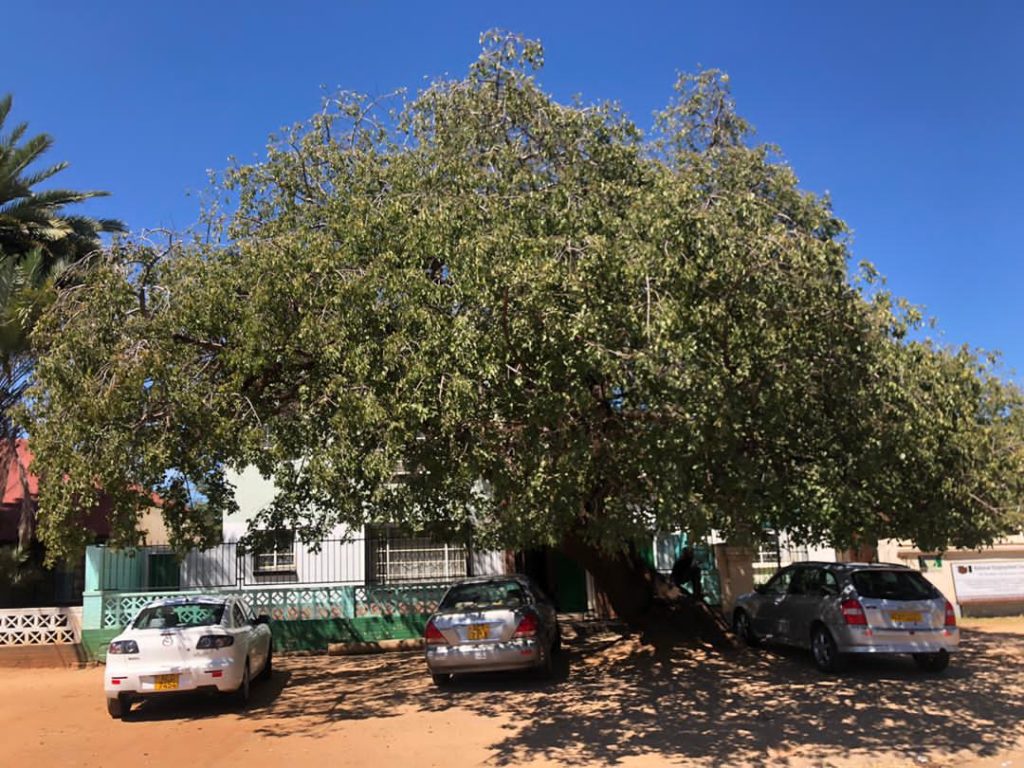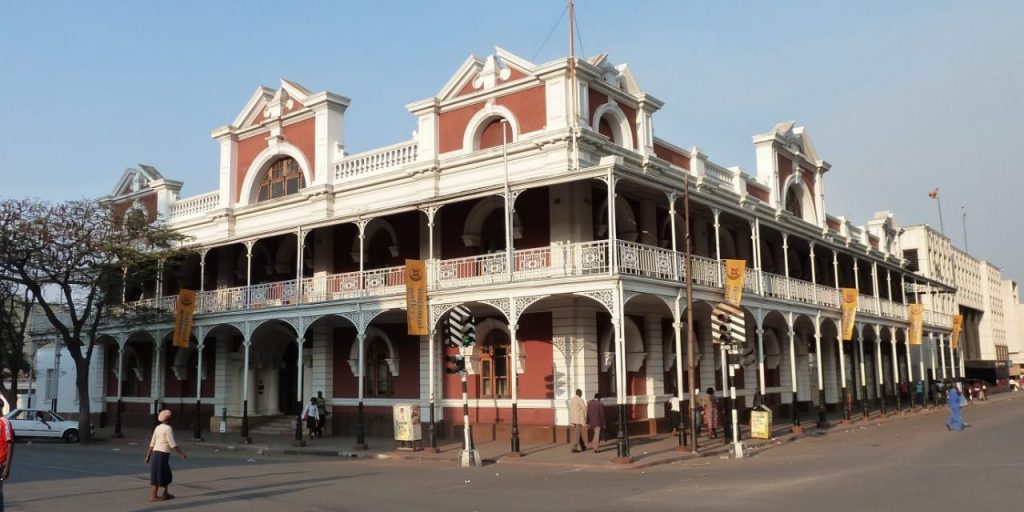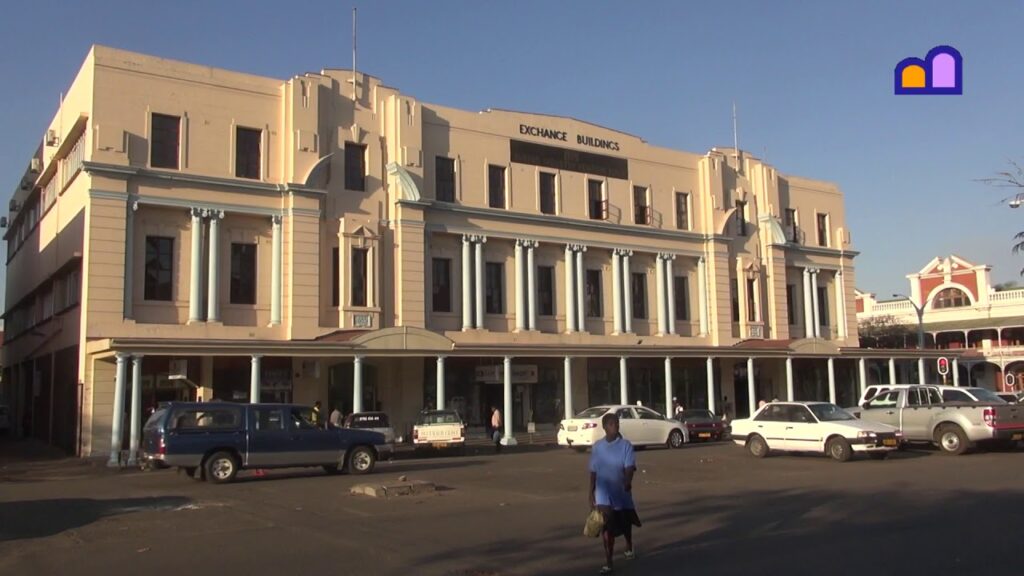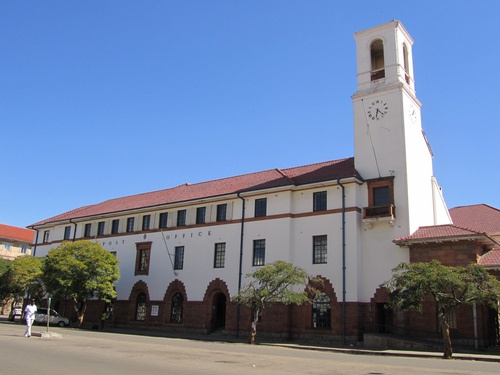If correctly marketed, Bulawayo could be the number one tourism destination in Zimbabwe as every portion of the city offers a historical or cultural tale, the National Museum and Monuments of Zimbabwe has stated.
According to Phineas Chauke, the National Museums Western Region Marketing officer, the story of Zimbabwe’s second-largest city needs proper packaging so tourists can understand the transition of Bulawayo under King Lobengula, the Second king of the Ndebele Nation, to how it was declared a town by the colonial administrator, Dr Leander Starr in 1894.
Chauke emphasised the recently launched Asitshoveni mobility cycling initiative and the ongoing Sanganai/Hlanganani tourism exhibition in Bulawayo as campaigns that may be leveraged to boost local tourism.
“Bulawayo has some infrastructure that could be exploited for tourism and if cycling tours are launched, imagine how much people could see and appreciate,” he said.
Unlike other cities, according to Chauke, Bulawayo has a high number of historic structures with good representations of the Victorian era.
“Many are familiar with the late Queen Elizabeth, and before her, Queen Victoria, who inspired a lot of buildings created in the city during her era,” he said.
Bulawayo is also known for having the widest roads in Zimbabwe, which was a deliberate action ordered by Cecil John Rhodes, according to Chauke.
“Back in the day, people were using ox-drawn wagons, where 16 oxen could be on the roads. lmagine when the wagons had to make a U-turn in the narrow streets of Harare,” he said.
Due to its wide roads, Bulawayo has reduced congestion, which Chauke observed may be encouraged and exploited as the city progresses its smart city concept.
“Bulawayo already has a reputation of being a smartest city and should strive to maintain that. No one wants to visit a clumsy place, where you don’t feel safe or leave with some disease. Bulawayo must try and uphold its reputation as a smart city. Cleanliness is a prerequisite for tourism,” he said.
Chauke emphasized that Bulawayo was distinct for tourism as the infrastructure in the Central Business District, carries a lot of history.
“At Masotsha Ndlovu and Joshua Nkomo Street, we have the Inxwala grounds, where King Lobengula would inspect the guard of the honour paraded by his military. This was where the Inxwala ceremony also took place”
Inxwala was an important religious ceremony for the Ndebele to usher in a new year and pray for national prosperity.

There is the Hanging Tree or the Executioner Tree between Connaught and Masotsha Ave where white settlers hanged Africans, whose heritage is exploitable for tourism as tourists can be informed about the struggle people went through, Chauke said.
“This indigenous marula tree is physical evidence of history. Blacks regarded as looters, spies and instigators of Umvukuela against the settlers were executed there. A total of nine natives were hanged there, some prisoners were taken from Grey prison at night to be hanged there. In Harare, the tree was pulled down,” he said.

Before the National Art Gallery at Joshua Nkomo Street, Chauke claimed there was a green building where gold was sorted during the colonial era.
“The building was owned by two companies, the Matabeleland Gold company owned by Rhodes and Mashonaland Gold company. The building was similar to a plant in Kimberley where diamonds were sorted,” he said.

There is the Exchange building, which Chauke said housed the first post office and Zimbabwe’s first Stock Exchange.
“It was created in 1895 and was used for mineral exchange. Companies trading there were listed in the New York and London Stock exchanges. Underneath the stock exchange, there was the Exchange Bar, where Cecil John Rhodes used to drink lots of whiskey,” he joked.
The National Art Gallery building is one of the oldest buildings that housed the first shops in Bulawayo.
“It was called the Willoby building but was changed in 1950. In the 1970s owners wanted to demolish the building but the city council and national museum intervened and stopped it. The building was then turned into the national gallery, where you find cultural expression in various art forms,” Chauke said.
He mentioned the Post Office, which was built using Red phosphorus rock, which is common in many buildings such as Tredgold.

There is also a memorial at the post office for all those who participated in war campaigns between 1899 and 1979.
Next is the Joshua Nkomo statue, which replaced the Rhodes statue, said Chauke, noting “The Rhodes statue was removed in 1982 and hidden somewhere.”
Bulawayo has the Barclays building, where settlers were besieged within the market square during the First Umvukela and became “a hiding location for some.”
Chauke said the Dolores shop was one of the first hotels in Bulawayo, as well as the first to sell iced drinks.
“When Queen Elizabeth visited Rhodesia in the 1940s, she stayed there. The Pioneer House was built to commemorate the earliest settlers who sought gold. That’s where gold sorting happened. The Maxim Hotel on Fife Street was where Dr Jameson officially declared Bulawayo a town,” he summed.

